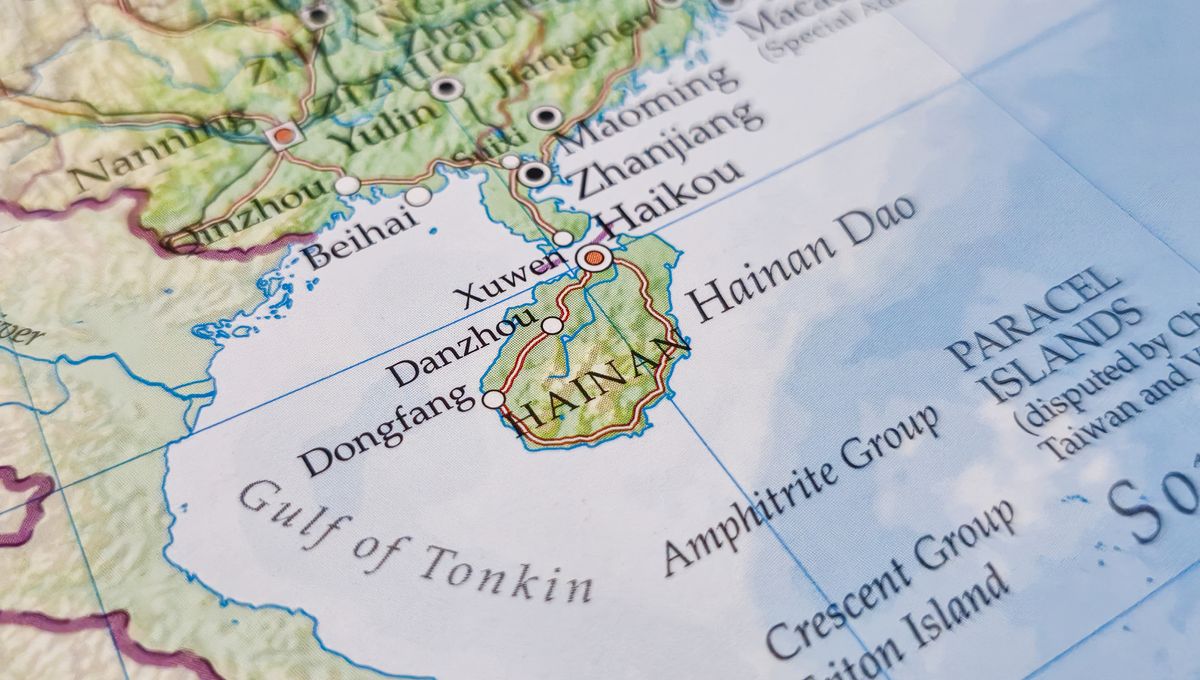
You may have missed it, but last Sunday was World Oceans Day – an international observation designed to foster public interest in the protection of the ocean and the sustainable management of its resources. It is therefore fitting, or else darkly ironic, that the day also saw the unveiling by China of a new deep-sea testing site – the nation’s first such institution, located about 200 kilometers (124 miles) off the coast of Hainan in the South China Sea.
“Many maritime enterprises and institutions in our country have introduced novel equipment and products, necessitating immediate sea-based performance testing,” Chu Jun, deputy director of the marine early warning and monitoring division of the Ministry of Natural Resources, told China Daily this week.
“As the only deep-sea testing site, the new one can facilitate scientific research, the development of investigative equipment and the exploration of renewable energy resources in the deep sea,” Chu told the Central Propaganda Department-owned outlet.
Depending on who you ask, such a move is either great news or greatly concerning. It’s true that the seafloor contains myriad valuable resources, which some – mining companies chief among them – believe could help save the planet from humanity’s overreach: “We desperately need substantial amounts of manganese, nickel, cobalt and copper to build electric cars and power plants,” said Hans Smit, chief executive of Oceans Minerals, a Florida-based deep-sea mining company active in the Cook Islands, to The Guardian in 2021.
“We cannot increase land supplies of these metals without having a significant environmental impact,” Smit continued. “The only alternative lies in the ocean.”
But researchers and experts caution that excavating the sea floor might unleash ecological hell in an environment already being pushed to its limits by climate change and resource extraction. “These nodules are essential ecosystem architects,” Beth Orcutt, an oceanographer at Maine’s Bigelow Laboratory for Ocean Sciences, told Reuters in 2023. “If you remove the nodules, you will remove the architecture supporting the entire oceanic ecosystem.”
Still, the exploitation of the seas isn’t the only reason for the new testing site – it is, after all, named for a form of research rather than pure excavation. Sitting between 1,300 and 1,500 meters (4,265 and 4,921 feet) below the ocean surface, in high-pressure, low-temperature water, the new facility aims to provide a center for technology research and development, testing verification, industrial incubation, and certification evaluation, said Cui Xiaojian, deputy director of the Hainan Provincial Oceanic Administration.
“Deep-sea regions are crucial strategic resource areas for countries around the world, and deep-sea manufacturing stands as the linchpin for advancing deep-sea exploration and exploitation,” he told China Daily. “By closely aligning with diverse application scenarios reflecting real-world demands, this initiative strives to catalyze deep-sea industrial upgrades, hasten the development of new high-quality productive forces in the marine sector, and inject new momentum into the high-quality development of the marine economy.”
And with the seas around the nation now containing a pretty comprehensive network of testing sites at all depths, it’s a big step towards China’s longstanding goal of becoming a “maritime great power” – a term used by President Xi Jinping as part of his “national revitalization” rhetoric.
“The construction of marine testing sites can provide the requisite environment and conditions for relevant enterprises and institutions to test their deep-sea equipment,” Chu said, “so they could play a leading role in fostering the growth of the marine economy.”
Source Link: China Reveals First Deep-Sea "Testing Site", Adding To Vast Network Of Marine Bases